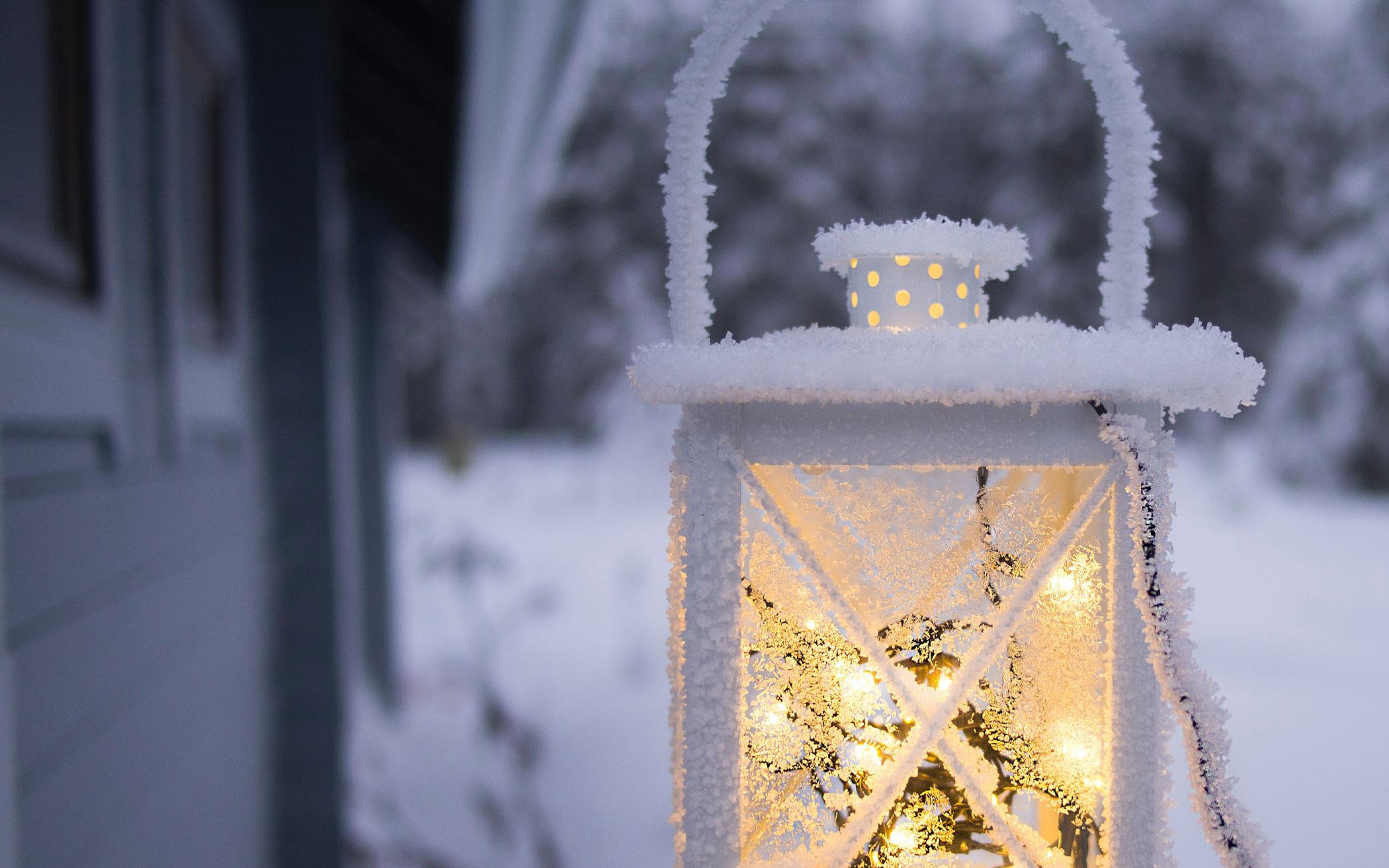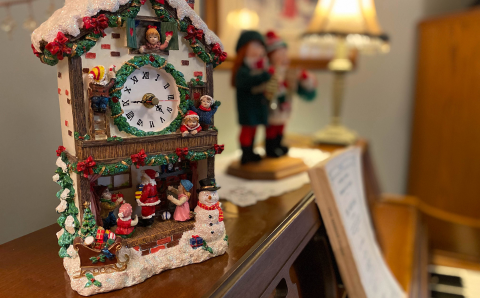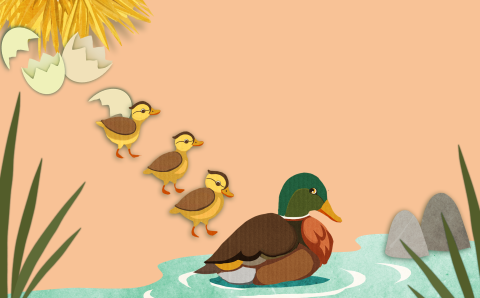I was having brunch with my cousin Leah recently when she mentioned that she had accepted a job in Ottawa, Ontario, but would be working remotely from the certifiably coldest big city on Earth: Winnipeg, Manitoba, our mutual hometown.
While Ontario climes would be balmier, Leah was firm: She could never leave Manitoba because, she said wistfully, “I would really miss the winters.”
Like many citizens of my beloved “Winterpeg,” Leah embraces the bone-cracking cold with as much zest as the most blissful, palm-tree-loving snowbird experiences Florida. Though I have lived in comparatively clement Michigan lo these 30 years, I marvel as parka-clad Winnipeggers innovate under a polar air mass, creating opportunities to nuzzle winter even as winter nips at their noses.
“Winter is here anyway; we may as well welcome it,” goes the thinking in Winnipeg. It may be most people’s least favorite season—my cousin Leah notwithstanding—but it does offer some singular gifts. According to Katherine May and her bestselling book Wintering: The Power of Retreat and Rest in Difficult Times, the coldest season offers benefits the three warmer divisions do not. “Wintering brings about some of the most profound and insightful moments of our human experience,” she writes. “Wisdom resides in those who have wintered.”
Here are five ways to delve into the icy months and glean the most reward and meaning out of the season even as we look forward to spring:
Consider the Animals
Like animals, we can learn to adopt a more expansive vision for winter, growing more mindful, resilient, and present, all the while knowing that spring is coming.
“Plants and animals don’t fight the winter; they don’t pretend it’s not happening and attempt to carry on living the same lives that they lived in the summer,” May writes. “They prepare. They adapt. They perform extraordinary acts of metamorphosis to get them through. … That’s where the transformation occurs.”
Winter Can Be Life Affirming
One of my favorite aspects of winter is walking outside, all bundled up, enjoying the crunch, crunch of the snow and the vivifying cold air on my face. One may wildly prefer the heat of summer, but there’s nothing particularly bracing or enlivening about a sluggish, humid day. Winter affirms that we are alive, vital, quick, inhabiting God’s world. “Extreme temperatures benefit the mind, as it forces us to be awake and live in the present,” writes May. “In fact, low temperatures can have immense benefits on the human body. For example, swimming in cold water can increase dopamine, the happiness hormone, by up to 25%.”
Personally, I did not notice an appreciable uptick in happiness when I jumped into freezing Portage Lake a few years ago. However, the experience was extremely life affirming.
It’s Time to Get Cozy
As the sweater weather of fall melts into the blanket weather of winter, it’s time to sink into the healing tonic of coziness. There’s no better time than winter to enjoy plenty of soothing, comforting, and stress-relieving “cushion time.”
In I Know Why the Caged Bird Sings, poet Maya Angelou paints an inviting portrait of coziness.
“Pots rattled in the kitchen where Momma was frying corn cakes to go with vegetable soup for supper, and the homey sounds and scents cushioned me,” she wrote.
Angelou chose the word “cushioned” to describe her emotional condition because the coziness she was experiencing went deeper than just a mellow moment before dinner. “Cushioned” evokes a sense of softening, shelter, and protection, of the hard edges being absorbed.
This is the idea behind hygge (HUE-ga), the Danish concept of an unbuyable sense of comfort created by spending time in a cozy environment, seizing contentment in the midst of harsh weather outside.
Whereas hygge is creating coziness within frigid conditions, the Norwegian concept of koselig (KOOSH-lee) is about bundling up in warm clothing and facing the elements as a group, finding warmth in the togetherness. Koselig, as Jason Wilson writes in an article for Reader’s Digest, is “celebrating what winter is, instead of longing for all the things it isn’t.”
Darkness and solitude can be honored because they provide the need for us to seek relief from them. The act of creating our own glow and warmth produces calm and contentment.
In her podcast The Thin Place, Bailey Suzio says these coziness-making practices can be “a way to emphasize Paul’s instruction to Timothy that we live quiet lives worthy of admiration. It is a way we take captive our thoughts and life and fight against that age that clamors for our attention.”
A Time for Reading
Every fall and winter, I get reacquainted with my slow cooker as together we concoct simmering soups and stews—just the ticket for frosty evenings. And while food is slow cooking is the perfect time to burrow into a ponderous book. Summer may be the time for page-turning beach reads, but in winter, May writes, “I want concepts to chew over in a pool of lamplight—slow, spiritual reading, a reinforcement of the soul. Winter is a time for libraries, the muffled quiet of bookstacks and the scent of old pages and dust. In winter, I can spend hours in silent pursuit of a half-understood concept or a detail of history. There is nowhere else to be, after all.”
This winter, I plan to finally plunge into Kristin Lavransdatter, a trilogy of historical novels written by the Norwegian Sigrid Undset, who won the 1928 Nobel Prize in Literature for her powerful descriptions of Northern life during the Middle Ages. It’s the ideal winter read.
Candles Point to Christ
There is nothing like surrounding darkness to reinforce the coziness of a warm fire or a wood-burning stove, or candles lighting the shadows.
On the Christian calendar, Candlemas, Feb. 2, marks the feast day commemorating Jesus’ presentation in the temple in Jerusalem and Simeon’s song of joy as he cradled the baby. “He will be a light to shine on the people who are not Jews,” the account in Luke 2 reads. “He will be the shining-greatness of Your people the Jews” (NLV).
In Seasons of Wonder, Bonnie Whitehouse Smith suggests marking Candlemas this way: “Light all the candles you can find in your home, and say a small prayer of thanksgiving for the wax, the bees, the soy plants, the wicks, and most of all the light,” remembering the baby brought to the temple, the “shining greatness” of the world.
Lighting candles places you in good company. As early as the second century, Christians have lit candles not just to banish the darkness, but also to represent Christ, the uncreated and everlasting Light.
Inviting Winter In
After we’ve learned from the animals, affirmed our existence, read the books, and lit the candles (surrounded by hyggelig blankets, hot cocoa, and a crackling fire), perhaps we can settle into this unwanted season in a new, meaningful way.
In winter, we can slow down, rest, and reflect upon our lives and on the light of God that shines on us even on the gloomiest of days. We can get to know ourselves and God a little bit more and grow into the next season heartier, more resilient, and peaceful.
Ultimately, “we must learn to invite the winter in,” May writes. “We may never choose to winter, but we can choose how.”
Discussion Questions
- How do you feel about winters? Describe your experience with the winter season.
- What are some of your favorite cozy things to do in winter?
- What are some examples of “celebrating what winter is, instead of longing for all the things it isn’t”?
- What are some suggestions from the article that you would like to try or practice this winter to help make the most of winter?
About the Author
Lorilee Craker, a native of Winnipeg, Man., lives in Grand Rapids, Mich. The author of 16 books, she is the Mixed Media editor of The Banner. Her latest book is called Eat Like a Heroine: Nourish and Flourish With Bookish Stars From Anne of Green Gables to Zora Neale Hurston.









